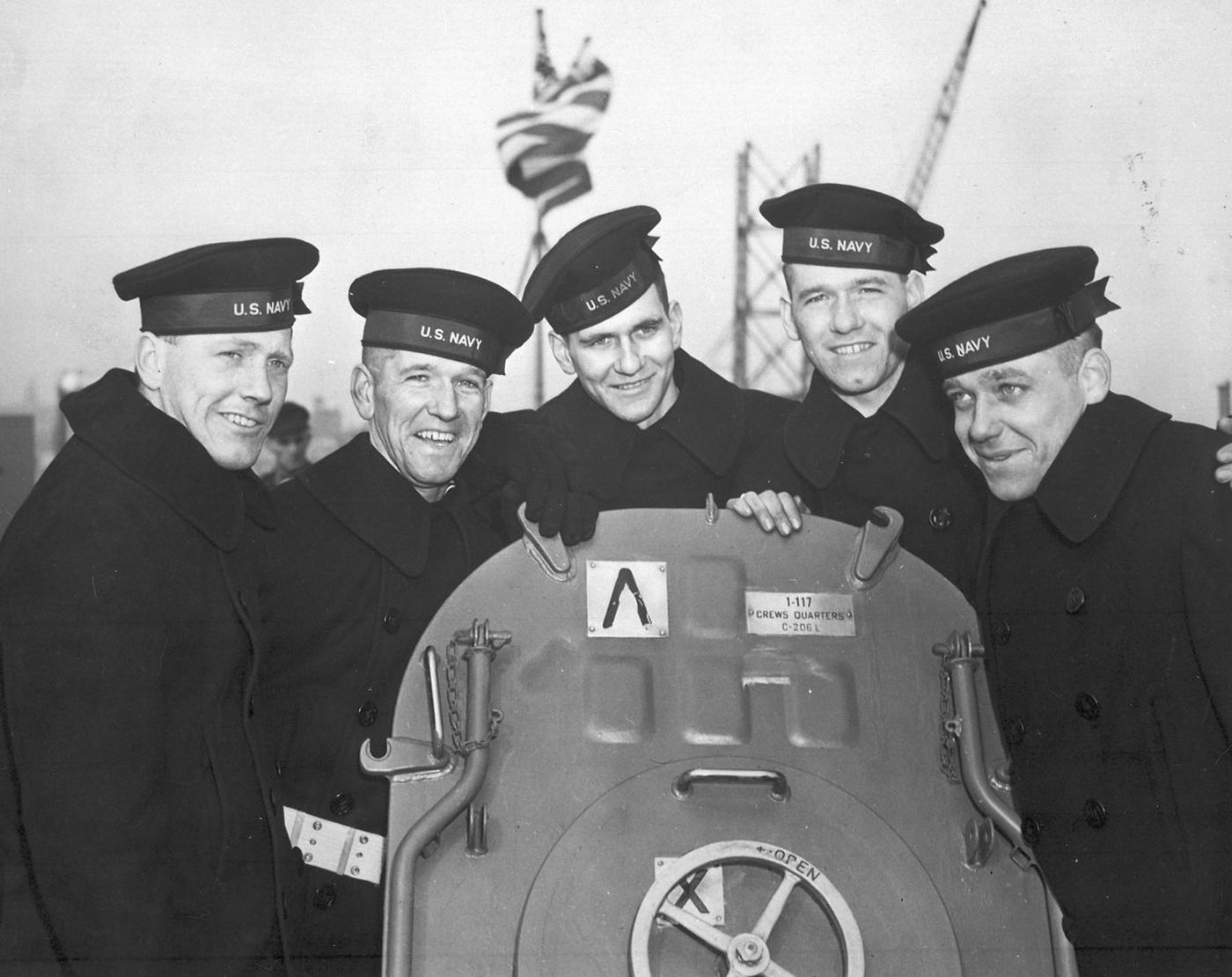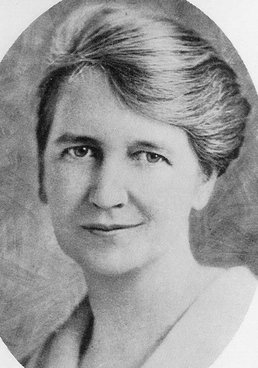
Nov/Dec 2022 (Volume 14, Issue 6)
By Michael Swanger
I want to commemorate two anniversaries in the annals of our state’s history — one of which is well known, the other of which is not.

The Sullivan brothers

May Francis
To begin with, it was 80 years ago on the morning of Nov. 13, 1942, when the five Sullivan brothers from Waterloo — George, Frank, Joe, Matt and Al — were serving together on the USS Juneau during the Naval Battle of Guadalcanal (in the southwestern Pacific Ocean, northeast of Australia) when it was first struck by a Japanese torpedo and was forced to withdraw from the battle. As it was leaving the Solomon Islands later that day a second Japanese torpedo struck the light cruiser and the ship exploded and sank. Frank, Joe and Matt were among the 600 men on board who died in the second attack.
Out of fear that Japanese submarines would destroy other U.S. crafts if they stayed behind to search for possible survivors, about 100 crew members of the USS Juneau were abandoned for more than a week in the Pacific Ocean — wounded and exposed to the elements, hunger, thirst and shark attacks — before rescue efforts were launched. Al survived the ship’s explosion, but drowned the next day. George, the oldest of the brothers, reportedly survived for four or five days before suffering from delirium as a result of hypernatremia (high sodium levels in the blood) and went over the side of the life raft he was on, never to be seen again. Eight days after the sinking of the USS Juneau, 10 survivors were rescued.
The brothers’ parents, Tom and Alleta Sullivan, suspected something was wrong when they stopped receiving letters from their sons. It wasn’t until Jan. 11, 1943, when the U.S. Navy informed them that all five brothers were missing. Two days later President Franklin D. Roosevelt wrote them to express his condolences and gratitude.
The “Fighting Sullivan Brothers” soon became national heroes and their parents toured the nation on their behalf to support the war effort. In April 1943, the U.S. Navy launched the first of two destroyers named USS The Sullivans. In 1944, the brothers’ story was told in the popular movie “The Sullivans,” later renamed “The Fighting Sullivans.”
For more information about the Sullivan brothers and their legacy, I encourage you to read Iowa History Journal’s in-depth cover story in our Nov/Dec 2012 issue (Volume 4, Issue 6, “We Stick Together: A lasting tribute to the Sullivan Brothers”). A limited amount of copies of this popular back issue remain at iowahistoryjournal.com.
Secondly, this year marks the 100th anniversary of educator and author May E. Francis becoming the first woman to be elected to statewide public office in Iowa — state superintendent of public instruction — only two years after women earned the right to vote.
Francis, who was born in 1880 in Minnesota, moved to Iowa after graduating from high school in three years to teach in a one-room country school in Bremer County, earning a bachelor’s degree at Iowa State Teachers College (University of Northern Iowa) in 1910. She quickly advanced her career as a teacher in Hazelton, Sanborn, Spencer and Anamosa before serving as an administrator in Mount Pleasant, West Union and Denver, where she was named superintendent. From 1915 to 1919 she was Bremer County’s superintendent of schools.
In 1919 her work overseeing and improving 100 country schools in Iowa helped lead her to a statewide, two-year appointment in which she inspected more than 1,800 one-room schools. At the time, there were 10,000 one-room schools in Iowa. During her appointment she drafted the Iowa Standard School Law and developed regulations to implement the law, which was designed to improve the quality of education in one-room schools.
In 1921, while living in Waverly, she announced her candidacy for state school superintendent, defeating two men in the Republican primary and her Democratic opponent, Himena Hoffman, in 1922.
Her one term as state superintendent was controversial as she pressed for high school teachers to acquire at least two years of college education and opposed school consolidation. In 1926 she was narrowly defeated by another woman, Agnes Samuelson, in the Republican primary. Today, the post is filled by appointment.
Francis moved to Texas and New York City to pursue advanced college degrees and other professional opportunities before briefly returning to Iowa in 1942 during a leave of absence to run again unsuccessfully for the position of state superintendent. She then moved to Washington, D.C., to teach and work as an economic analyst. In 1948 she moved to Waterloo, where she died in 1968.
TO READ MORE FASCINATING STORIES ABOUT IOWA HISTORY, subscribe to Iowa History Journal. You can also purchase back issues at the store.
